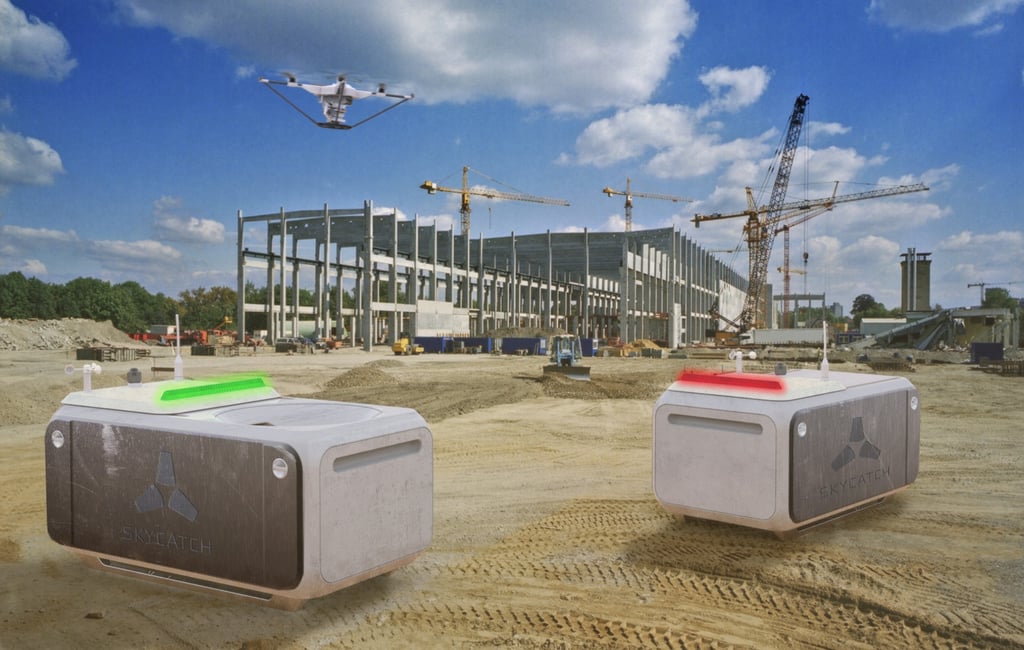Ecosystems of Innovation
Drones seem to be everywhere these days: it has never been easier for people to start flying robots. Whether you want to assemble one piece by piece or fly one right out of the box, there are myriad options for budding drone pilots and even for drone companies.
Yet as the burgeoning technology takes root, one does well to remember previous innovations that took a while to get off the ground (pun intended) and achieve mainstream commercial success. For example, the first e-readers debuted way back in 1998, but they languished as a compelling product until Amazon created The Kindle - a product that was built at the center of a software ecosystem that made the e-reader a category-defining product. Plenty has been written about the success Apple has had seamlessly integrating hardware, software, and services leading to their market dominance. More recently, Nest has shown that companies can even reinvent a forgotten product with excellent user experience and integrate it into people’s connected mobile devices. In all of these examples, the constituent pieces of the technology had existed for years. It was just that no one thought to connect these pieces and integrate them into something bigger and better.
As we survey the growing drone landscape, we see that there are dozens of companies (new and old) crowding into the space. Some make UAVs. Others sell ingredient technology or software. Yet no one has yet managed to tie all these pieces together. This hardware software integration is even more important than in the aforementioned product examples, as flying robots are incredibly complex.
Futuristic Rendering of DISCOVERY 3 (Data Retrieval Unit)
At Skycatch, we're building a product ecosystem in which the hardware (our flying robots and Data Retrieval Units) reliably collect data, delivers it to our networked back-end data engine, processes the data, and displays it on our Dashboard. Our customers don’t see how all of these pieces work together behind the scenes- they just see high-resolution maps displayed on an intuitive dashboard with advanced features like annotation and analytics. They do get to see the improved productivity, workflow, and collaboration that our ecosystem enables.
We look forward to UAV’s truly becoming a game-changing technology, and for that to happen, these seamless hardware and software product ecosystems will need to take shape. It’s an exciting time to be a part of a developing industry.





